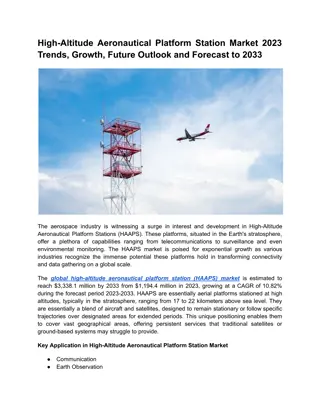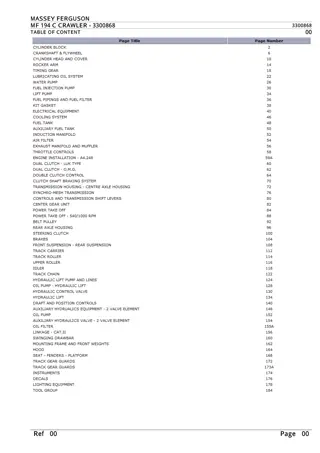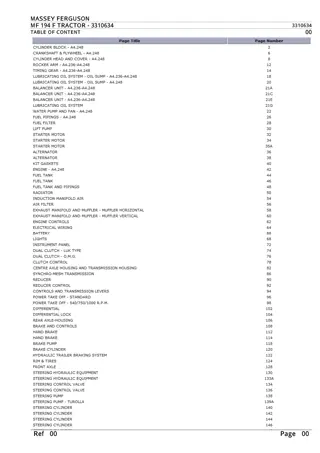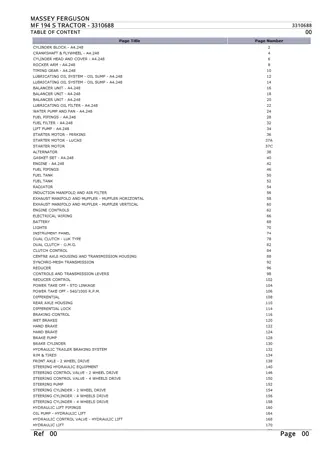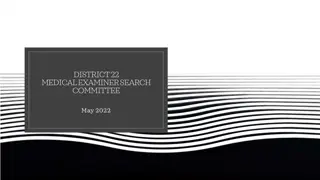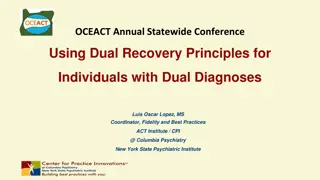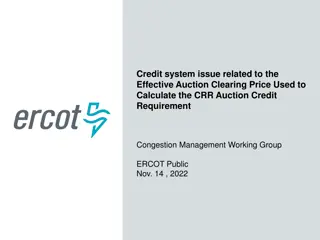
Insights into fMRI Applications in Humanistic Studies
Explore the diverse applications of functional magnetic resonance imaging (fMRI) in humanistic studies, including its role in diagnosing psychiatric disorders, identifying learning effects, and comparing psychological theories. Learn about the importance of collaboration, necessary tools for researchers, and integrating fMRI data with behavioral indices. Discover how fMRI can serve as a powerful tool for understanding the human mind and behavior.
Uploaded on | 0 Views
Download Presentation

Please find below an Image/Link to download the presentation.
The content on the website is provided AS IS for your information and personal use only. It may not be sold, licensed, or shared on other websites without obtaining consent from the author. If you encounter any issues during the download, it is possible that the publisher has removed the file from their server.
You are allowed to download the files provided on this website for personal or commercial use, subject to the condition that they are used lawfully. All files are the property of their respective owners.
The content on the website is provided AS IS for your information and personal use only. It may not be sold, licensed, or shared on other websites without obtaining consent from the author.
E N D
Presentation Transcript
1. What can fMRI do for humanistic studies? 2. How can a humanistic study be formed as experiment? 3. What does a researcher need to be equipped with to do a fMRI study? fMRI design, MRI knowledge, statistics 4. To what extent can a potential study be assisted? 5. In what ways can a potential study be assisted?
1. Provide useful tools for researchers; these tools should be at different levels (novice to advanced) 2. Be a powerful collaboration promoter: a good brain research may need researchers from different fields, especially fields that are very different (e.g., natural sciences and social or humanistic sciences), the center could serve as a promoter for such collaboration.
(1) Why fMRI ? (2) How to do fMRI ? (3) Why and how to integrate fMRI data with other behavioral indices?
1. fMRI helps diagnosis psychiatric disorders, e.g. autism, with the accuracy rate as high as 97%. Just, M. A. et al. (2014). Identifying Autism from Neural Representations of Social Interactions: Neurocognitive Markers of Autism. PLoS ONE 9(12): e113879. 2. fMRI has the potential to serve as a brain-based biomarker of later learning effect, and further identify learning disabilities. Supekar, K. et al. (2013). Neural predictors of individual differences in response to math tutoring in primary-grade school children. PNAS USA, 110(20), 8230-8235. 3. fMRI can provide neural evidence for brain training (1) Supekar, K. et al. (2013). Neural predictors of individual differences in response to math tutoring in primary-grade school children. PNAS USA, 110(20), 8230-8235. (2) Iuculano, T. et al. (2015). Cognitive tutoring induces widespread neuroplasticity and remediates brain function in children with mathematical learning disabilities. Nature Communications.
1. fMRI can be a useful tool for comparing psychological theories that predict the same behavioral outcomes, but differ in the hypothesized mechanism explaining the outcome. e.g., Henson, R. (2006). Forward inference using functional neuroimaging: dissociations versus associations. Trends in Cognitive Sciences 10, 64. Henson et al. found that the posterior cingulate cortex (among other regions) was more strongly activated for Remember than Know judgments and the right lateral frontal cortex was more strongly activated for Know than Remember judgments. This result favors the idea of Remember and Know responses relying on distinct memory processes, thus supporting dual process theories.
2. fMRI data have the potential to inform research questions by generating new hypotheses for psychological phenomena. New hypotheses about psychological phenomena can be formed when fMRI data violate expectations derived from behavioral data, provide data that extend behavioral observations and thus alter the understanding of a current theory, and even when fMRI studies fail to yield data that unambiguously favor one theory over opposing psychological theories. e.g. Visual Short-Term Memory Capacity: Whether it is a fixed-number of 4 items, or decreases as the object complexity increases. Xu, Y., Chun, M.M., (2006). Dissociable neural mechanisms supporting visual short-term memory for objects. Nature, 440, 91 95 In a series of four studies, Xu and Chun (2006) demonstrated that each theory was supported by fMRI data in specific regions of the parietal and occipital cortices. That is, inferior intraparietal sulcus activation reaches plateau at set size 3 or 4 regardless of object complexity, while superior IPS and the lateral occipital complex shows complexity dependent plateau.
1. This depends on whether you are interested in the human brain. This tool currently can give you the best spatial resolution of brain activity noninvasively. 2. Brain-related information (fMRI signal, or brain structural information) provides a new source of information/data to look at human behavior/behavioral data. This provides a novel opportunity to understand behavior and to understand how traditional variables relate to the brain-related information. 3. It presents an opportunity to understand "mechanism(s)" that leads to the generation of behavior.
1. well-thought-out subtraction paradigm that exploits small significant changes between conditions 2. good scanning practice 3. proper data preprocessing steps 4. appropriate statistical corrections Gerber, A., & Gonzalez, M. (2013). Structural and Functional Brain Imaging in Clinical Psychology. Oxford Handbooks Online. Retrieved 1 Jun. 2016.
From the perspective of experimental design 1. In the reasonable range, scan for as long as possible. 2. Keep your subjects as busy as possible in the scanner (to get as much as interesting information out of the data). 3. Do not contrast trials that are far apart in time (to avoid confound by low frequency noise). 4. Randomize the order of trials that are close in time (to avoid multicollinearity of predictors). Henson, R.N. (2006). Efficient experimental design for fMRI. In K. Friston, J. Ashburner, S. Kiebel, T. Nichols, and W. Penny (Eds), Statistical Parametric Mapping: The analysis of functional brain images. Elsevier, London, 2006. pp. 193-210.
1. At the issue level: this is similar to how to perform good research in other disciplines. e.g. good and novel question, clear hypothesis, etc. 2. At the technical level: you have to understand the technical constraints of what fMRI can help you achieve. Example: it has poor temporal resolution. Single-subject level data typically have poor reliability, unless you increase trial number to boost power.
(3) Why and how to integrate fMRI data with other behavioral indices?
1. Documenting individual differences by exploring the relationship between brain responses and behavioral performance within group. Marc G. B. et al. (2006). Studying mind and brain with fMRI. SCAN,1 (2): 158-161 2. Decoding behavior from brain activity through inverse inference Nishimoto et al. (2011). Reconstructing visual experiences from brain activity evoked by natural movies. Current Biology. 3. Identify neural mechanism of cognitive deficits associated with specific clinical population, developmental disorders, etc. Ashkenazi, S. et al. (2012). Weak task-related modulation and stimulus representations during arithmetic problem solving in children with developmental dyscalculia. Developmental Cognitive Neuroscience, 2(1), 152-166.
Have good, quantitative models that can predict both behavior and fMRI data.
ANY OTHER QUESTIONS OR FEEDBACK?

